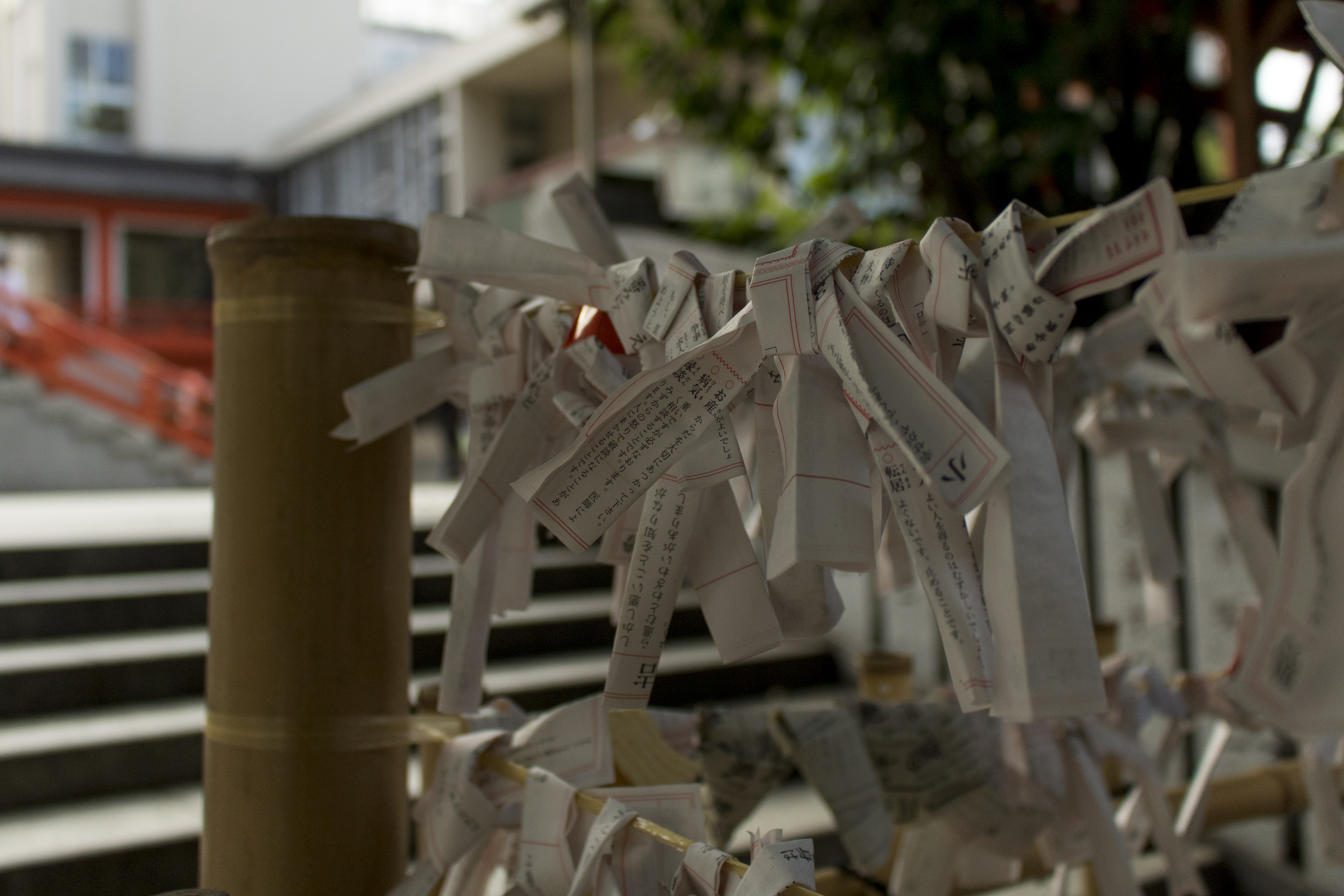“In a way,” I thought to myself as I gazed at the plastic Totoro, “my whole life has been building up to this moment.” Plastic Totoro was unmoved. It was late June in Tokyo, mercifully overcast, but suffocatingly humid nonetheless. I was queuing to enter the Ghibli Museum, a monument to Japan’s foremost animation studio. Next to the entryway, behind a pane of glass, a large likeness of Ghibli’s de facto mascot was seated, as if to charge you admission.
Even if the names “Ghibli” and “Totoro” don’t ring any bells, you would likely recognize the studio’s most famous film, Spirited Away. It’s a coming-of-age movie, but at its core, it explores the idea of liminality and in-betweenness. The protagonist, Chihiro, is not quite a young child, but not yet an adolescent. Her life has been uprooted by her father’s work; she’s left her old home behind but has yet to see her new one. The mysterious world of the bathhouse, where Chihiro becomes trapped for most of the film, simultaneously embodies a traditional, ‘authentic’ Japan, and one corrupted by excess and consumption.
Betwixt and between. Neither here nor there. It was how I was feeling as well.
When I started out as an undergrad, I was operating under the assumption that if I just went through the motions, things would fall into place. That in the course of diligently hitting the books, I would also just happen to stumble upon a new and improved version of myself. I would be more headstrong, more purposeful, and somebody with a better purchase on the rules of human conversation. But life, annoyingly, hadn’t delivered. I was nearing graduation and all I had to show for it was an expensive latte habit. I was as awkward, anxious, and listless as I’d ever been.
I had to figure myself out — remake myself, new and improved. The trouble is, I am terribly averse to new things. Day after day, for literal years, I have eaten the same foods, listened to largely the same music, and repeatedly rewatched Friends in its entirety. I take refuge in the familiar and I fear the unknown — even if the unknown is as benign as a Netflix Original.
The only solution, then, was to leave the familiar behind.

It’s a cliché that travel presents an opportunity to reinvent oneself, but I think there’s something to it. When you’re abroad, there’s nothing tying you to the self that you routinely inhabit. At home, you have a role to play, but when you travel, ‘you’ becomes a blank slate. It was according to this logic that I ultimately elected to spend my summer studying in Tokyo.
At the same time, I was cheating a little; Japan did not constitute a wholly unfamiliar place. I am, you see, a wee bit of an anime nerd. Through elementary and middle school, I was obsessed with all things Japanese. I spent my lunch hours with my nose buried in manga and my free time watching anime. During a period of my life when I was lonely more often than not, those stories, populated by misfits like me, were my constant companions. The weird world of anime — the place I imagined Japan to be — felt more like home than anywhere, and I pinned my dreams for the future on living there.
Long before I finally touched down in Tokyo, though, I recognized that my imaginary Japan was just that — fiction. Nonetheless, I still felt like a part of me was waiting there. I wanted to go someplace new to find a new me — but I wanted to go to Japan to get in touch with an older one.
As it turns out, Tokyo is the perfect place to work out such contradictory desires, because Tokyo itself is many different things at once. Moreover, it has a habit of juxtaposing the completely different sides of itself. In Ginza, towering office buildings stand across the street from the Imperial Palace. Inside Meiji Jingu, a shrine to the Meiji Emperor, you’ll find a wall of traditional sake containers — as well as one of Burgundy wine casks. Not a minute from this tranquil, forested memorial, you’ll find the kawaii chaos that is Harajuku. One is constantly moving between opposing poles — ideal conditions for an identity crisis.
I followed through on forcing myself outside of my comfort zone. I studied new subjects. I performed the awful task of talking to people. I ventured out in the sweltering heat to explore without a roadmap. But in the moments when this identity building began to feel like too much, I sought out familiar spaces that brought me back to a bygone era and a distant version of myself.
As I waited to enter the Ghibli Museum, I was standing in Chihiro’s shoes; I was not quite a new me, but not the old one, either. By the end of Spirited Away, Chihiro has moved from point A to point B; she’s grown up a bit, she’s fended for herself, and she’s made it out of the bathhouse.
Leaving the starting point behind is never easy. The thing that I learned, meandering along Tokyo’s hidden side streets and neon-tinged main roads, is that it’s okay to find yourself stuck in the middle.
